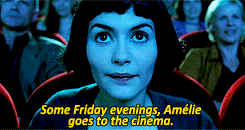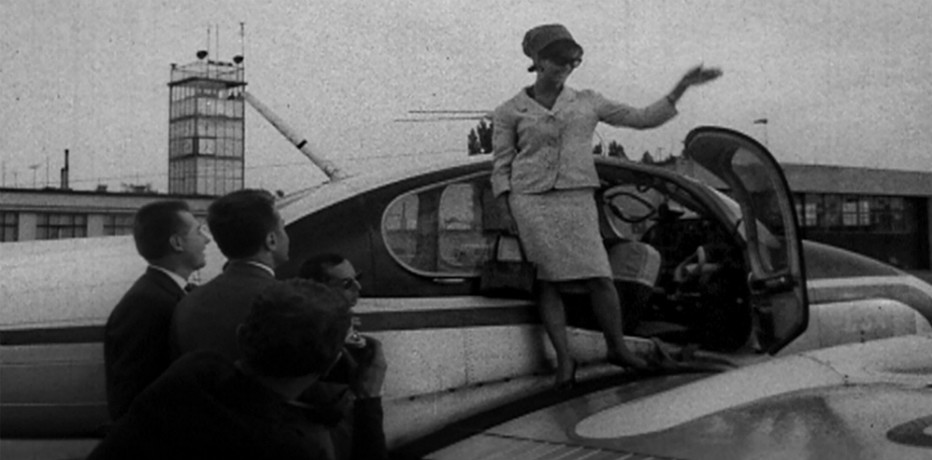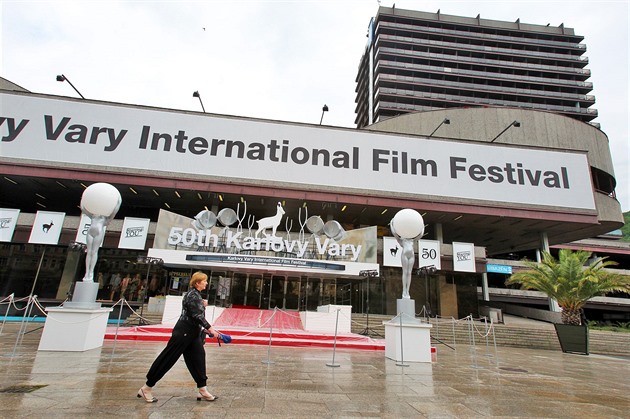“…if the use of a new item of technology is INITIALLY optional, it does not necessarily REMAIN optional, because the new technology tends to change society in such a way that it becomes difficult or impossible for an individual to function without using that technology”
Theodore Kaczynski
The effects of the digital revolution on film festivals generate mixed feelings. Let’s wear the lenses of a fanatic cinephile to get a hint of what’s going on:
 Giphy.com
Giphy.com
You Consider “Netflix” a Dirty Word
Films are meant to be shot….well, in film, right? And they are supposed to be made for the old big screen, correct? The fact that most films are nowadays being digitally shot and screened using digital projectors is already nerve-wracking enough for your cinephile self.
Don’t mention Netflix, which is just too much to take… More so, when you inevitably find yourself watching features on your mobile with headphones firmly plugged in. Oh, the guilt!
 . Giphy.com
. Giphy.com
You know video streaming has taken over as the prime film distribution channel, making the cinematic experience banal and empowering companies like Netflix that use Orwellian algorithms and deeply disturbing methods to gather and process massive amounts of information about people.
You fear Netflix is going to kill Cinema. And rightly so, it seems only a matter of time films start looking less cinematic (even more!) and notably youtube-ish and Netflix starts releasing these at the same time as they are released in theatres!
 Giphy.com
Giphy.com
But just as television did not kill radio, film festivals and cinemas probably aren’t going to die out any time soon. They will keep transforming, adapting and also complementing with the digitalisation phenomenon, offering unique experiences that spectators can’t get from their phones and laptops.
It’s already happening, cinematic experiences are being enhanced by appealing to the magic of the analog. In an attempt to get the viewers out of their homes and away from their digital devices, filmmakers, cinemas and festivals are celebrating experiences on the grandiose 70mm format or the nostalgic 16 mm, ultimately catering to a niche, the cinephiles, not to the mass.
Film Festivals are your Cinema Paradiso
To resist the dictatorship of Netflix, and its silent algorithm-driven censorship, cinephiles find in the Films festivals’ tastemaking an oasis in the desert.
 Giphy.com
Giphy.com
Arguably, cinema is the most “social” of the art forms, and its expression on festivals is heightened, going beyond the usual empathic act of sharing the cinematic experience of screening with others, it fosters discussion, generates identification, stirs the debate and create community ties.
Cinemas are a sanctuary and festivals are heaven. You can actually turn everything off and let yourself go. To be able to focus on something for nearly two hours is really something these days.
Undoubtedly, film screening is a history of technology, it just feels that new developments in the area are comfort and economy driven.
The Entire Concept of “online” Film Festivals Sounds Just Ludicrous to You
Because festivals indicate the existence of a tangible site where people gather to enjoy the ultimate cinematic experience. While “online” implies the nonexistence of such a place. A film festival is, in essence, a collection of rituals and they are getting downsized, downplayed or directly suppressed on this purely digitalised version .
Human interaction is vital to the festival’s ritualistic spirit. Without it, creating a public, developing a certain taste or stimulating discussion and networking gets more challenging (De Valck, 21).
Taking everything outside the cinema is a highly contradictory action for a film festival to do. Internet can complement the events that occur in the “offline” experience, but ultimately it is a debate of principles. Technology is increasingly becoming THE mediator to reality to the point is scary. Cinephiles value the classic(s), so keep festivals as human as possible and continue to program “difficult” films. Love and protect your niche.
 Giphy.com
Giphy.com
Jorge Chaves
ID 26663325
References
De Valck, Marijke. ‘Screening’ the Future of Film Festivals: A Long Tale of Convergence and Digitization. Film International 6.4 (2008): 15–23. Print.










